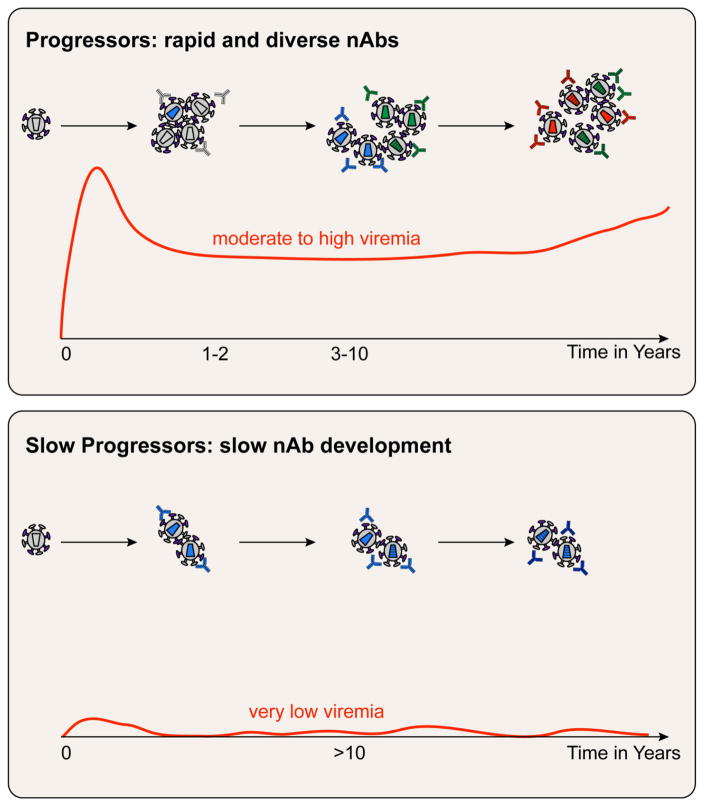Figure 1. Timing and complexity of neutralizing antibodies in human subjects with different virus levels.
HIV-1 accumulates at least one mutation every time it replicates and thus, develops into a swarm of closely related viruses called the quasispecies that differs in each individual. The number of variants in the quasispecies depends upon the interplay between the virus and the adaptive immune response. Progressors have moderate to high viremia that is accompanied by the development of variants and antibodies that become diverse within a few years. Slow Progressors have low or undetectable viremia for 10 years or more, and they develop nAbs slowly and at low titers as a result of exposure to less antigen, and less diverse antigen.

